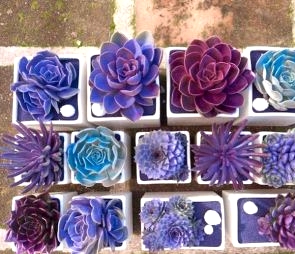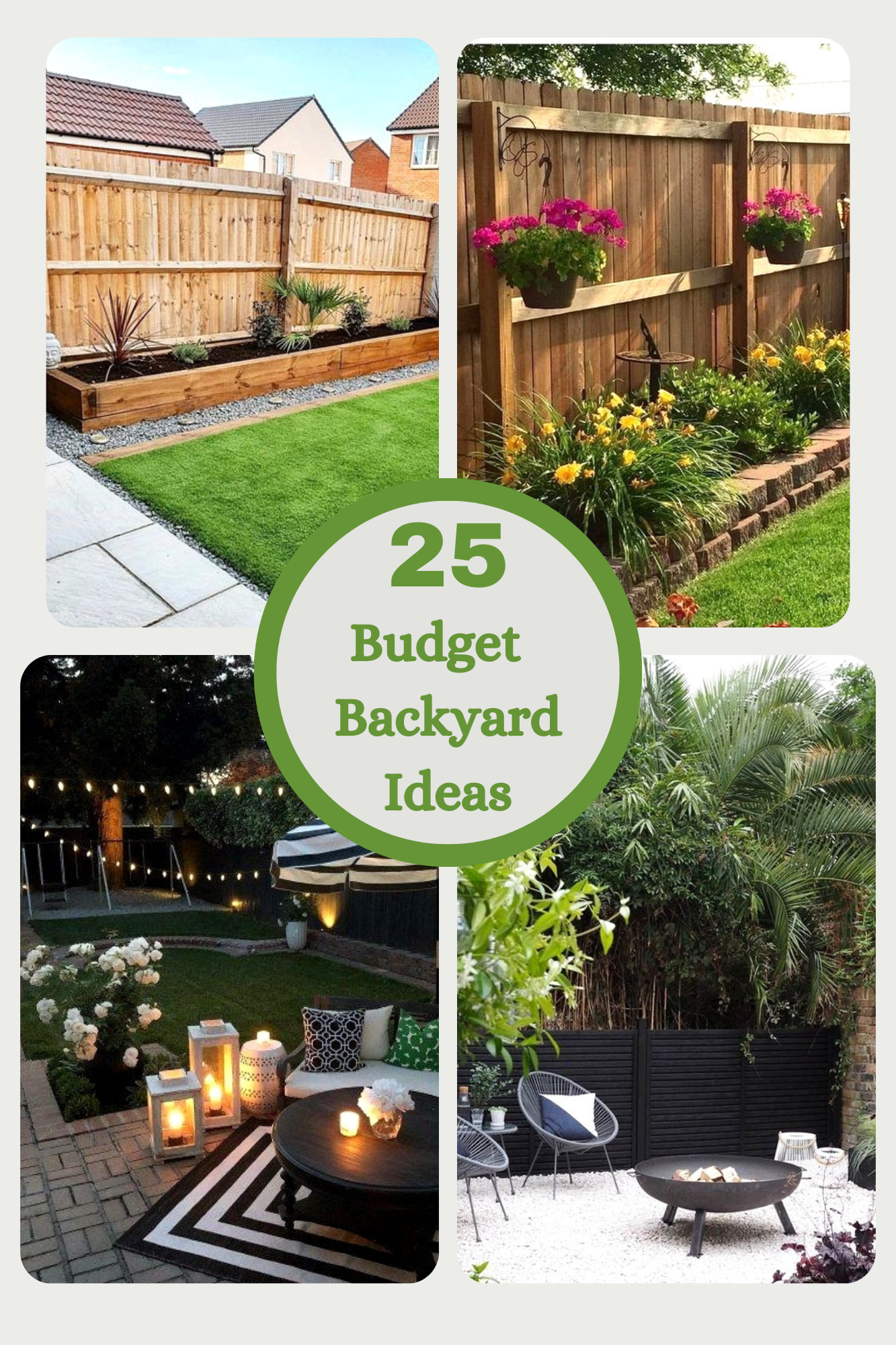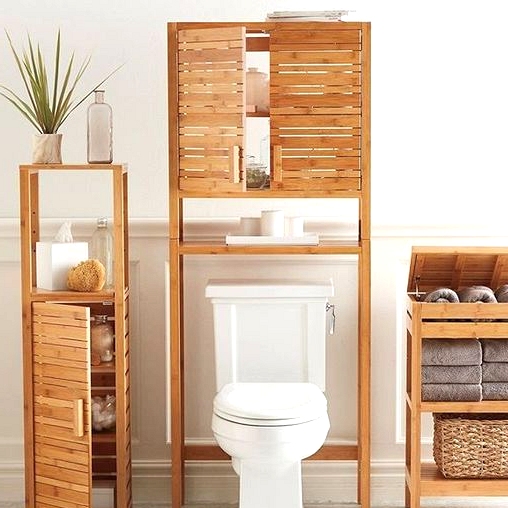DIY Shed Organization – How to Organize a Shed
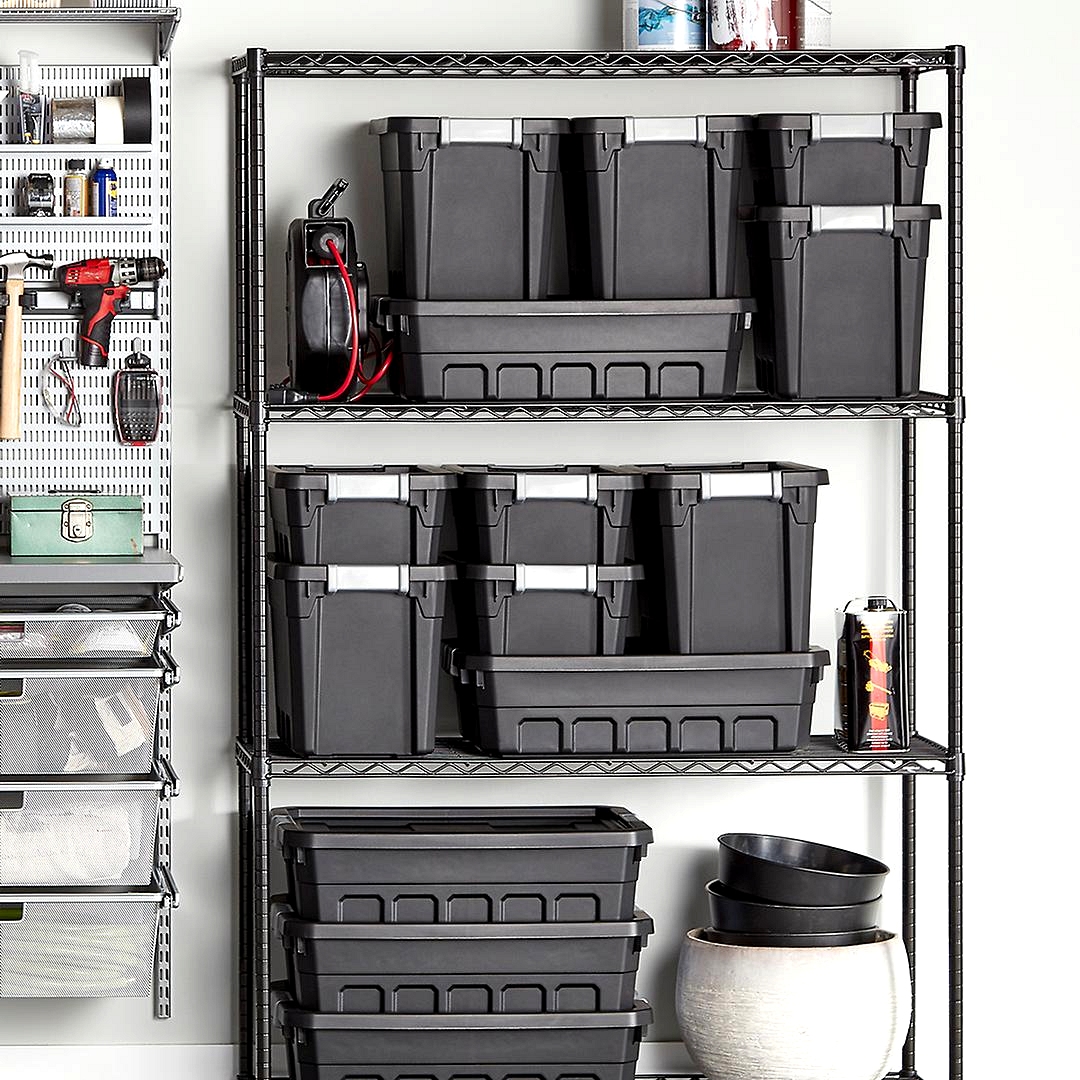
If your shed is a catch-all for anything that doesn’t seem to have a place, follow these shed organization tips and you will always find what ever you need to fix, repair, paint and store without the mess.
If you shed is a working shed then you need order. Planning your shed organization doesn’t have to be expensive, as long as you think outside the box and get a little creative, using every piece of shed real estate and every type of storage container.
1. Clear Everything Out
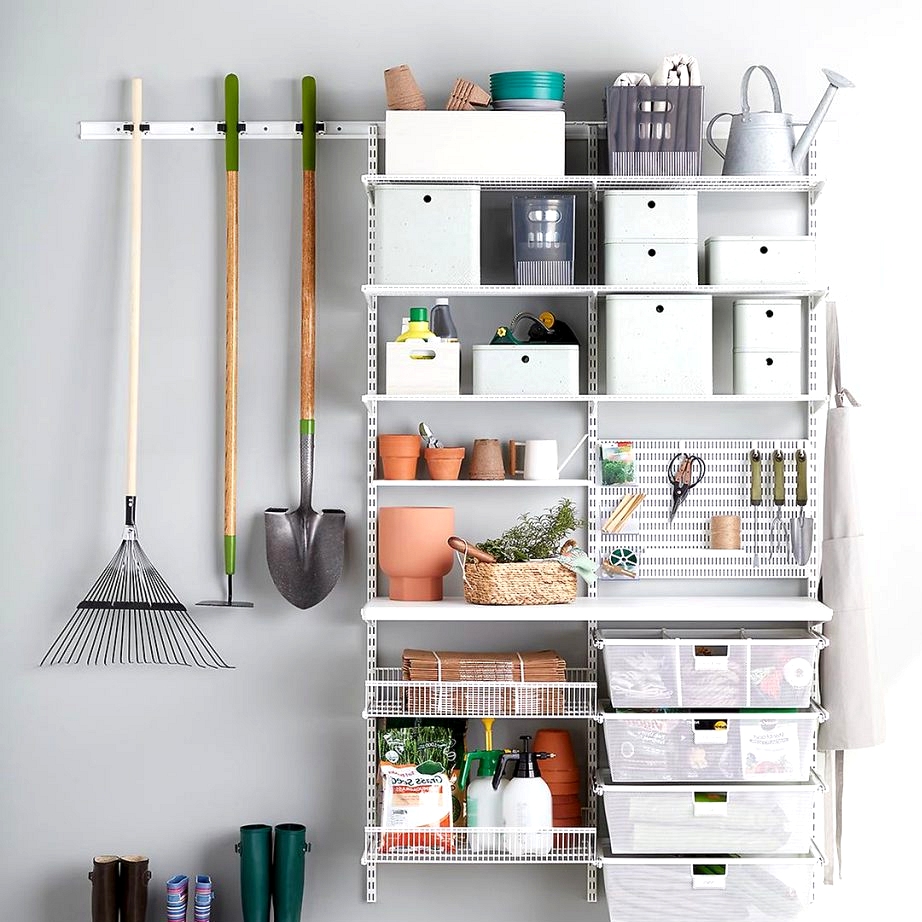
This probably the hardest task in any shed organizing. Its a big job in itself and there’s no way around it, but it is necessary.
This is like a journey, where you will rediscover things in your life that have outlived their usefulness, things you or your family no longer want or need, are worn or broken.
Throw them out, give them away or donate them. Collect items that are still in good condition and have a yard sale. You can make a few bucks, as you get rid of unwanted items. Deal with mold, vermin, wasp or other issues.
This helps you sort out what you do and don’t want in your shed and makes room to organize whatever is left.
Once this is done create a new system to put these items in places that are easier to see, reach and organize. Whether your shed remains a working shed or becomes a She Shed, cleaning up is a necessary step.
2. Identify Hazardous Items
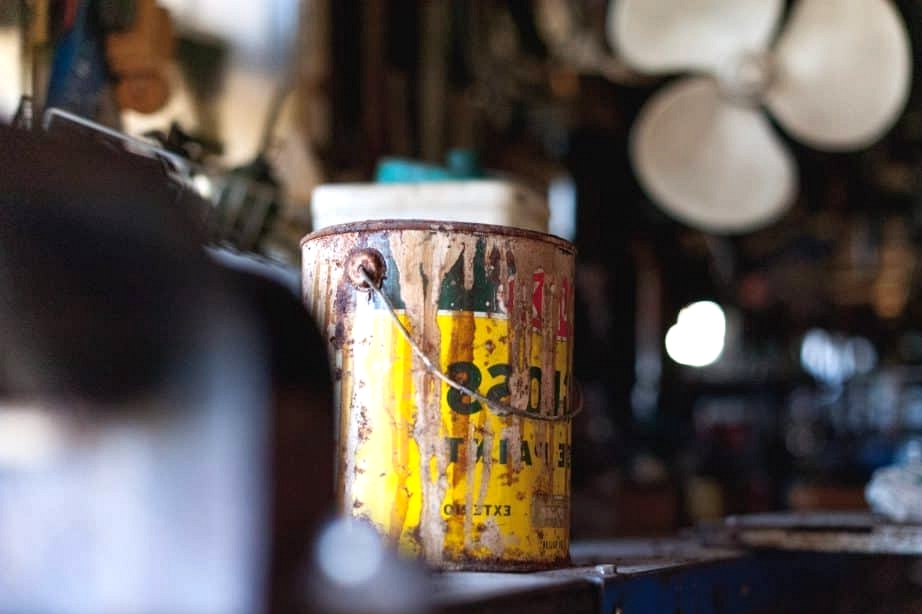
Your shed is a time bomb full of things that can be a serious fire or safety hazard. All the store paints, gas cans, and other flammable liquids live together in your shed.
A lightning strike, an electrical short, or a haphazardly thrown cigarette butt could lead to a fire. This is the time to dispose of these as soon as possible.
Ever stored pet food in your shed? Its great to keep pet food out of the way, but its a tempting treat for wild animals, rodents or strays.
Once they have food a perfect food source, there’s no telling how long they will live there or what damage they can cause.
If you don’t enter your shed very often, you might be surprised next time with new neighbors who don’t want to leave.
3. Time for Shed Organization
Your next step is to start putting things back, but this time you need a plan to help you use the all the wall and floor space in a way so you can see and reach items when you need them.
One idea is to arrange things according to the seasons. Keep winter supplies like snow shovels, sleds, and skis on one side.
Summer supplies like the lawnmower, hedge clippers, and bicycles can be kept together. This makes it easier to find what you need without confusion.
In the past, if you have moved one item after another to find and get to what you need, you know what I mean. This save times and makes going into the shed a simpler job.
Remove what ever you can off the floor and into places that you can easily find and access. Things like electrical cords that get tangled and worn are easily moved out of the way.
Use every piece of shed real estate you can think of, including adding shelves for spray cans or small tins to door space with shelving.
4. Install Pegboards
Pegboards are a great organizing tool, whether its in a large, small or tiny shed. They come in different styles, shapes and sizes.
You won’t need anything fancy but you will be very happy once you have installed it.
Line your shed’s walls with pegboards. Insert hooks where ever you need them to manage smaller items or similar items. Smaller items often get thrown into a box or tub, all landing at the bottom, and hard to find.
These boxes often get heavy, difficult to move as well as messy. Installing pegboard helps you create a system so they won’t get lost or damaged and are very easy to find.
Once you have worked out how to display your tools you can label each hook, write on the pegboard or draw an outline of the tool, making it easy to find the tool you need and return it.
This also makes it easy for anyone else to find, use and return tools once they have finished with them.
5. Small Jars, Plastic Bottles and Shoe Holder – Great for Storing
Sheds hold really big stuff like lawnmowers and really tiny stuff like screws, bolts, washers, and nails.

One way of keeping them together and visible is by using glass jars. Place each different item in its own jar, making it easy to find them without sorting through drawers, boxes or jars when you need them.
There are ways to keep your jars together. You can glue the tops to a bench or shelf and unscrew them as you need them or place them in a draw or on a shelf but this makes it easier to leave the jar somewhere else.
Think outside the box when it comes to shed storage – from old DVD/CD containers to shoe holders, there are lots of inexpensive ways to reuse, reclaim and restore storage ideas.
6. Keep Shovels and Rakes Organized
Its easy to lean long-handled tools items up against your shed wall, but it won’t be long before they will get knocked over, knocking other items over in the process. Create a way of holding these your shovels and rakes in place.
There are a couple of things you can do to create a good storage for long-handled tools. One is to get a wooden pallet and fastened against a wall to stop the pallet falling. Shovels, rakes, and brooms can be inserted into the pallet’s open slots.
Another idea is to carve small slices of PVC piping, one for each item. Each PVC pipe should be fastened directly to a wall or pegboard to keep it secure.
Turn your broom, rake or shovel upside down and insert into the PVC slot, where you can see the head while leaving the body secure.
Once you have finished your shed organization it will be less of a headache every time you open the door.
Your tools won’t fall into a heap and it will be easier see, find and get out items you need. With this much shed organization you will probably find space to work on your new DIY projects.
Thank you.Credit Source link

